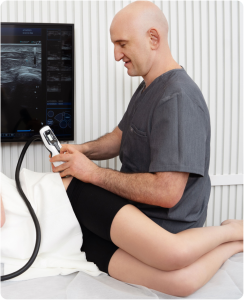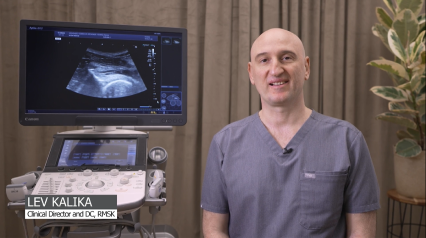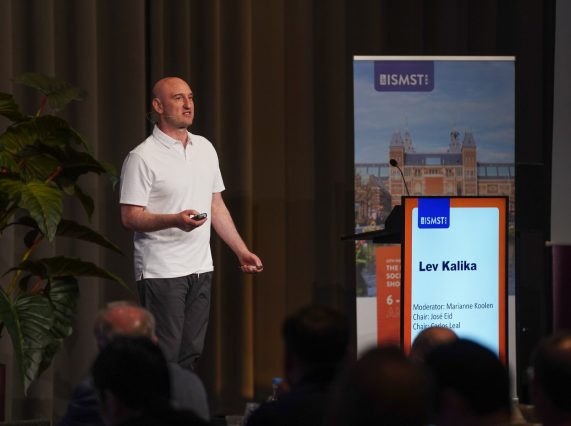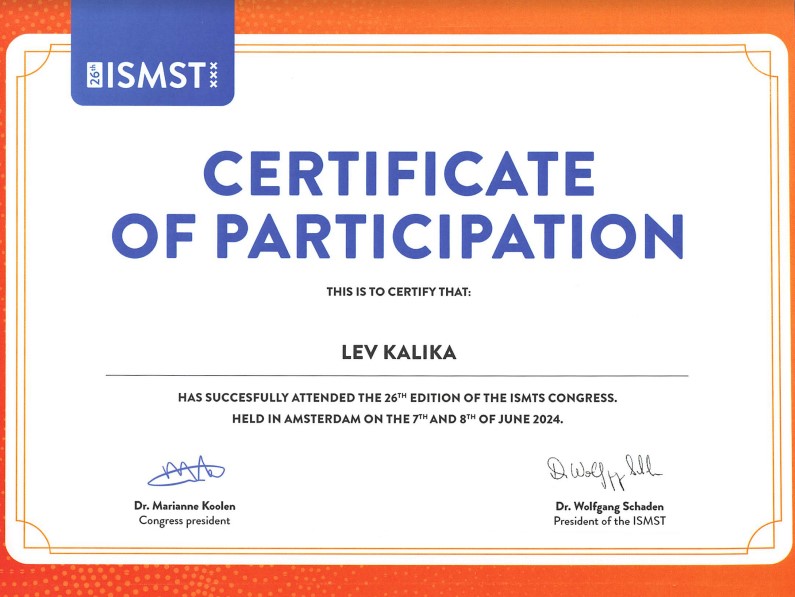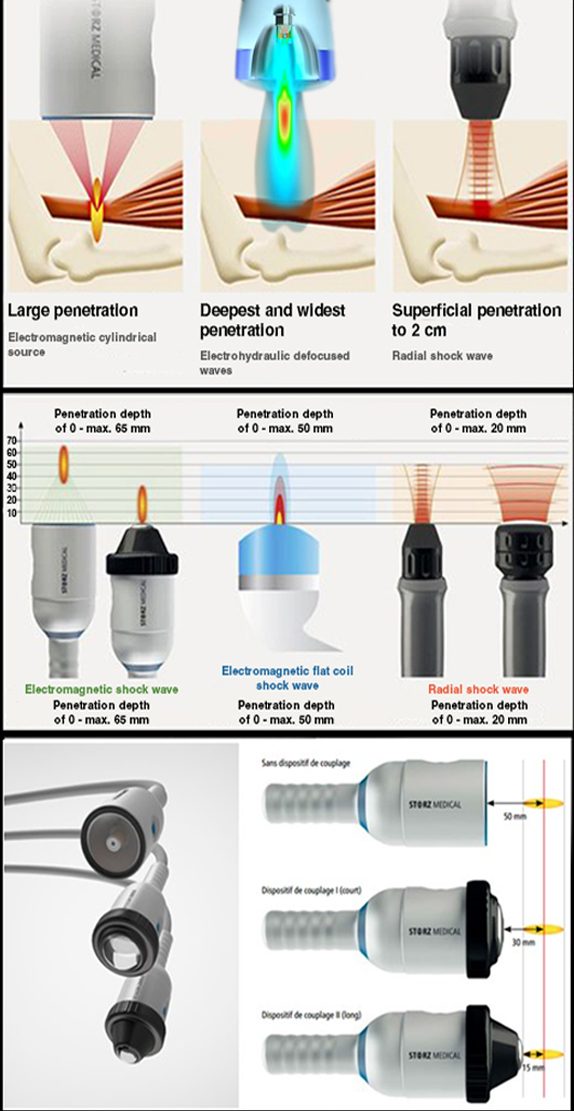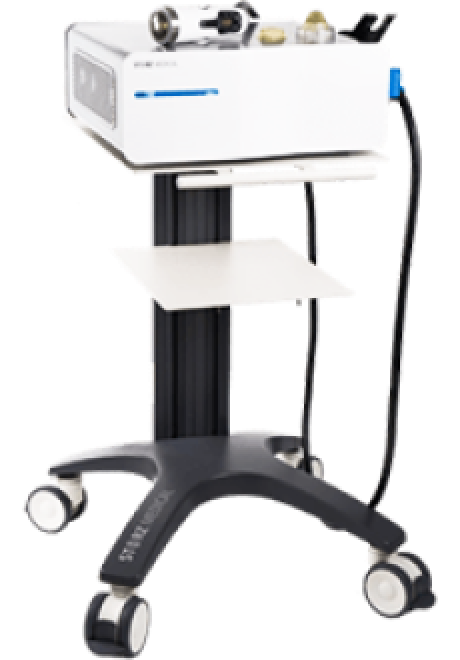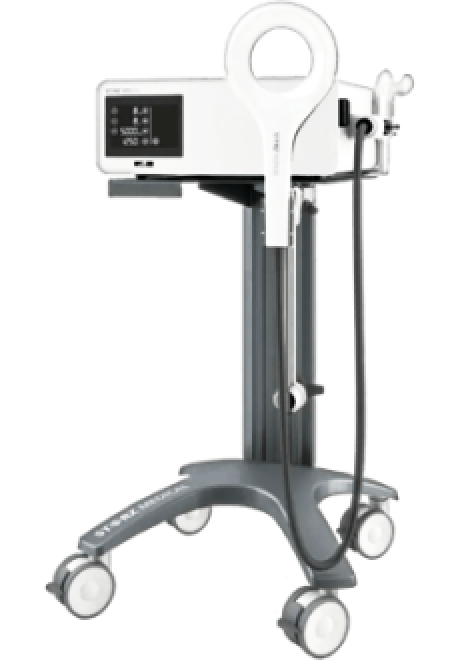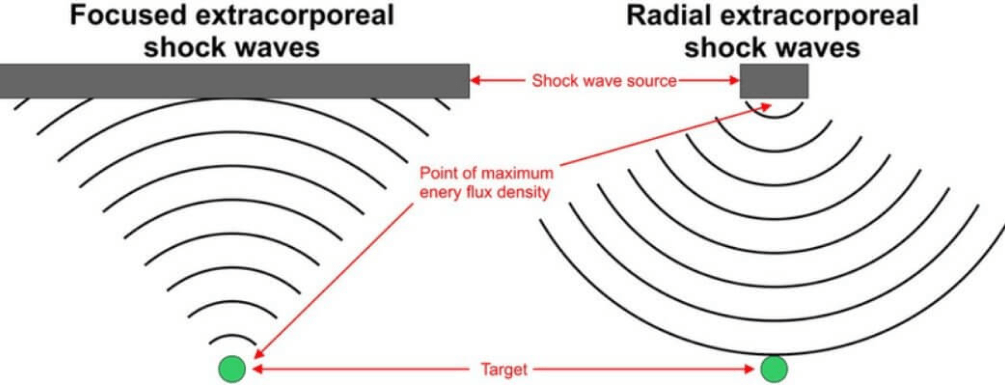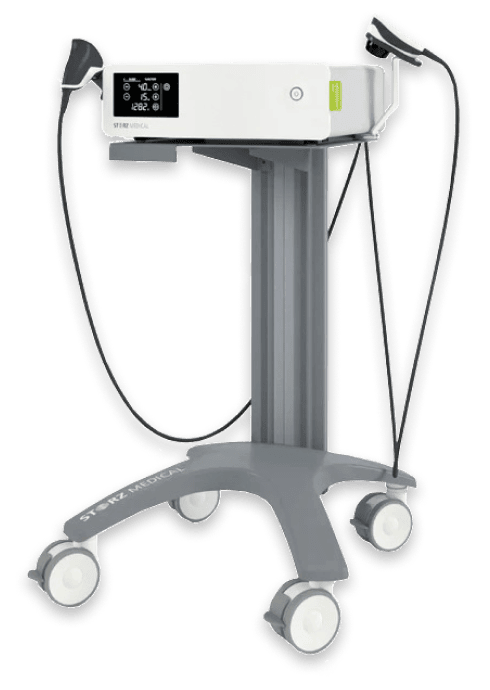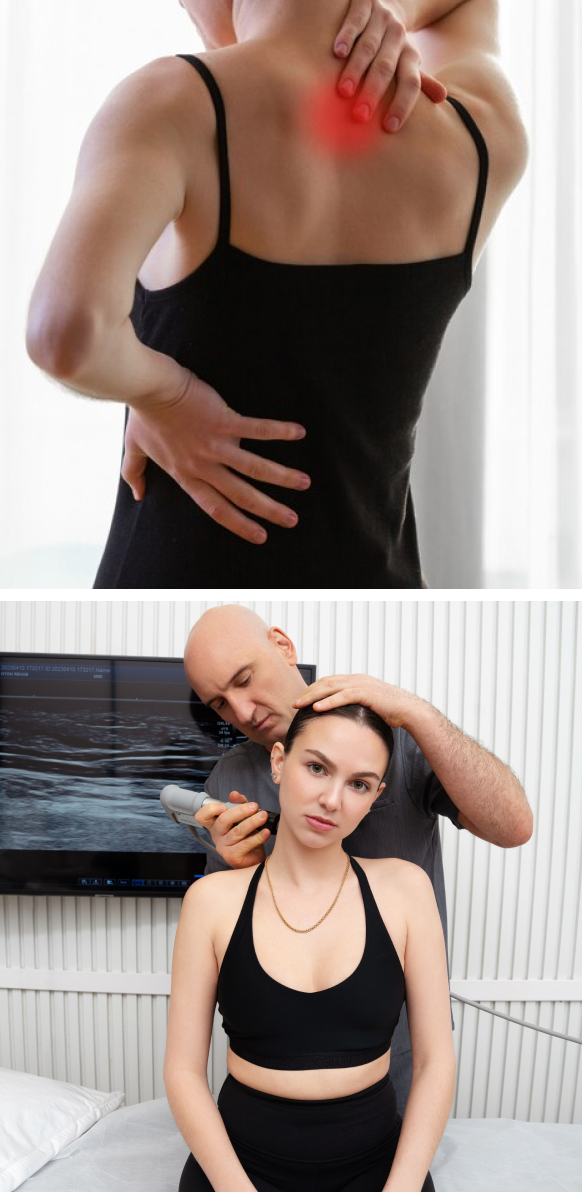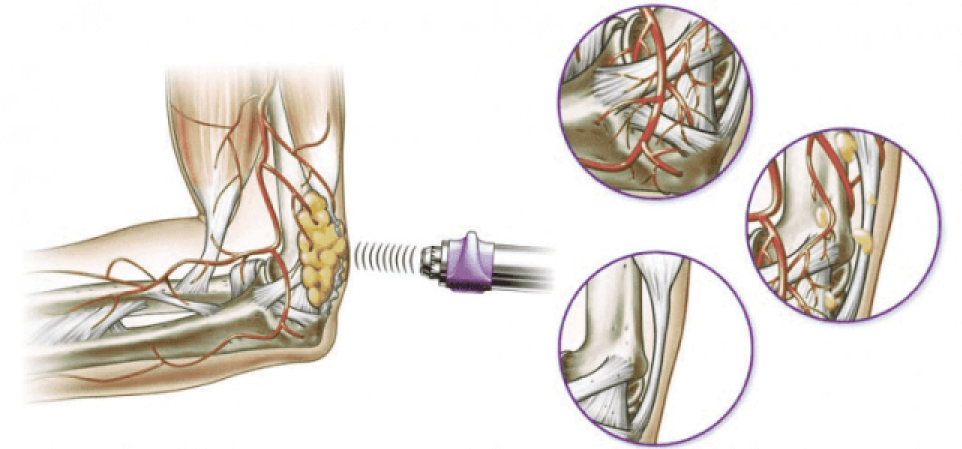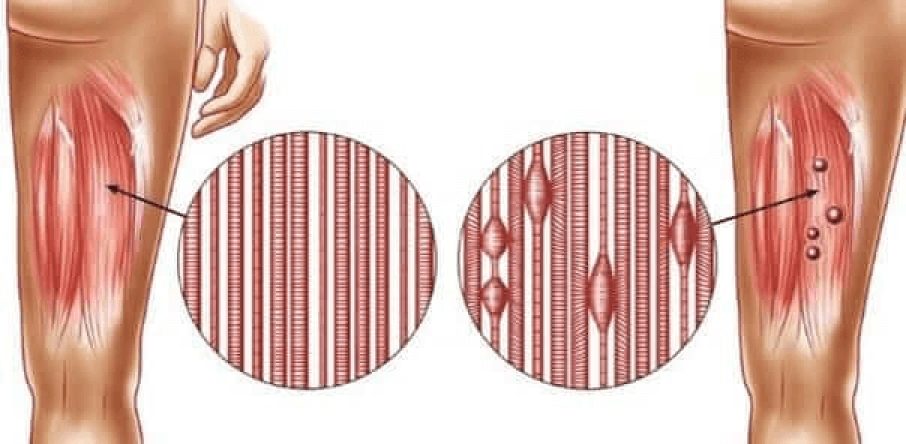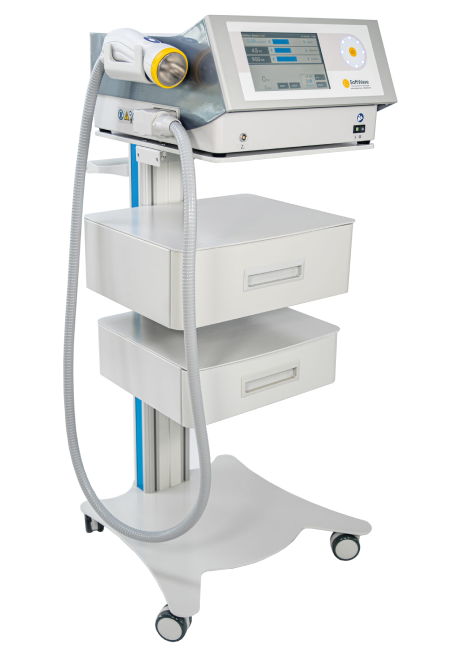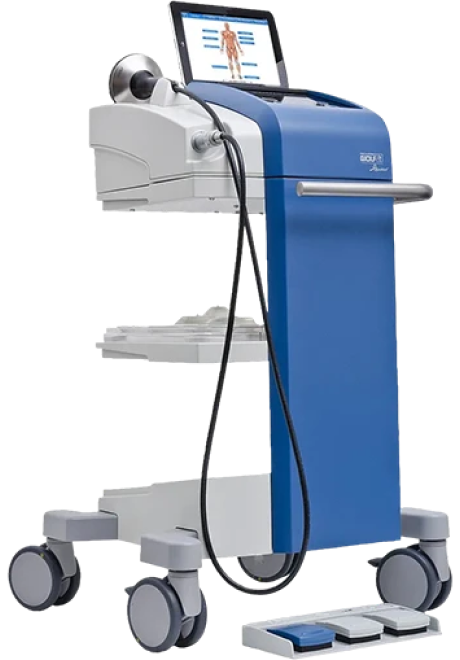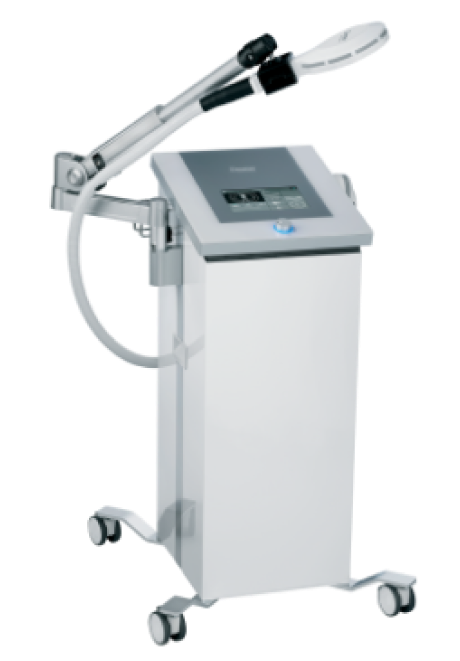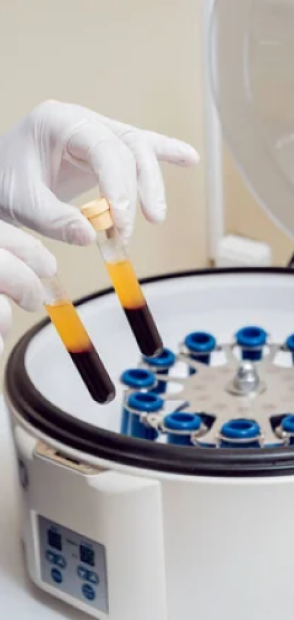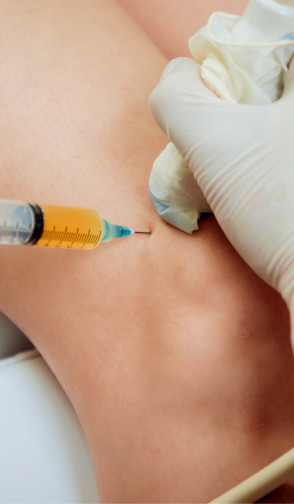ESWT for Myofascial Pain
Shockwaves have been used successfully for years to treat bone fractures, tendon ruptures and soft tissue injuries, and it is widely accepted that shockwaves have different effects on different tissue types. Until recently, little research has been done to measure the effects of ESWT on myofascial tissue.
Fascia has unique characteristics compared to other tissue types, and data from research on tenocytes and skin fibroblasts cannot automatically be translated to fascial tissue. Fascia is highly innervated with both sensitive and autonomic nerve fibers, and alterations to fascia can generate myofascial pain that affects movement quality.
The fibrotic component of fascia shares certain characteristics with tendons in the respect that it is highly collagenous. Type 1 collagen is a major component of fascia, and type 3 collagen plays a key role in the early stages of fascial injury repair. But unlike tendon tissue, fascia has gliding and elastic properties that depend on the presence of hyaluronan (HA), a polymer that binds to water, with the capacity to retain up to 1000 times its weight in water.
A recent 2022 study explored the effect of ESWT on fascia, and demonstrated for the first time that shockwaves can lead to in-vitro production of hyaluronan-rich vesicles, immediately after treatment. ESWT has been shown to stimulate an increase in cell proliferation and synthesis, and remodeling of the extracellular matrix.
The researchers observed an immediate release of hyaluronan-rich vesicles, along with type 1 and type 3, as soon as one hour post-treatment. Tissue proliferation increased at 4 hours, and was maintained at 24 hours. They concluded that fascial cells respond to ESWT by regulating and remodeling the extracellular matrix (ECM).
At NYDNRehab, we use a combination of focused and defocused shockwaves to treat myofascial pain, in conjunction with fascial manipulation therapy.


